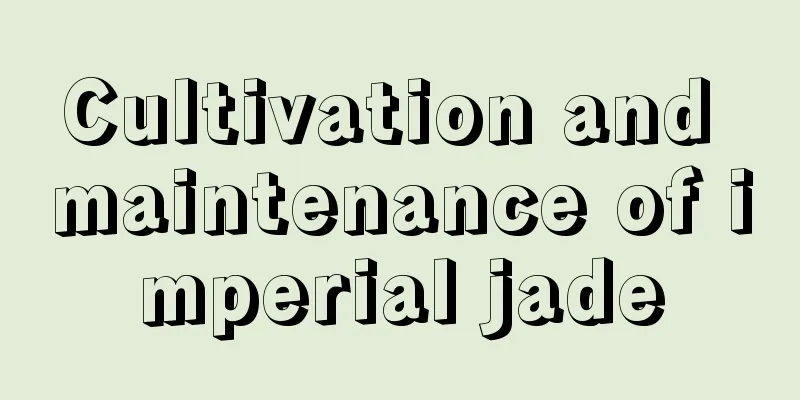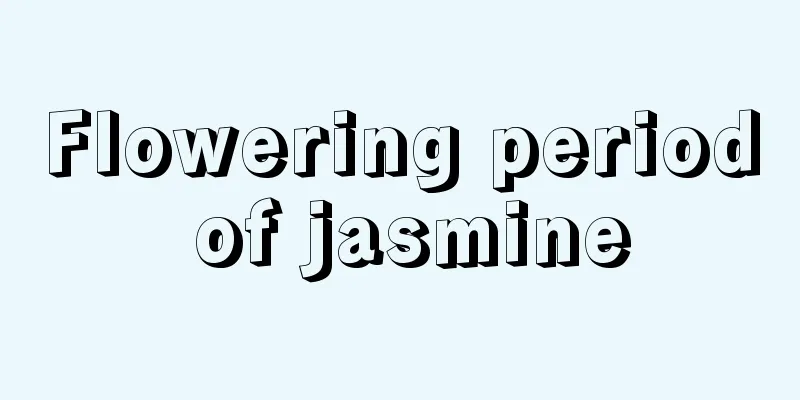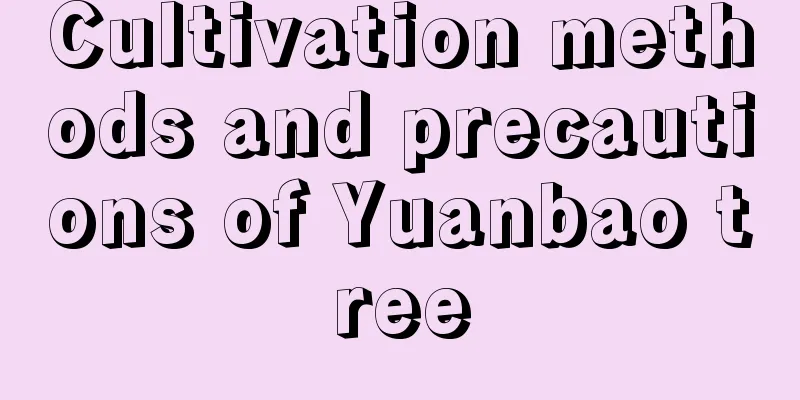Cultivation and maintenance of imperial jade

Cultivation and maintenance methods of Emperor JadeAs a representative species of the genus Echeveria, the Emperor Jade should be collected and cultivated by botanical gardens and enthusiasts. For some enthusiasts, the more difficult a species is to grow, the more they want to grow it, as it reflects the grower's technical level. Emperor Jade is a species that tests growers. The imperial jade is native to South Africa. It is suitable for a cool, dry and sunny environment. It is drought-resistant, afraid of waterlogging, afraid of high temperatures, and slightly cold-resistant. It has the habit of growing in cool seasons and dormant in high temperatures. Therefore, the Emperor Jade should be given sufficient sunlight during its growth period. Controlling watering in winter can withstand temperatures of 5℃ or even lower. During the summer dormancy period, pay attention to ventilation, avoid exposure to the sun and rain, and strictly control watering. Emperor Jade is suitable for growing in loose, breathable and well-drained soil. It can be prepared by mixing coarse sand or vermiculite with leaf mold or peat soil and adding a small amount of bone meal. The biggest difficulty in cultivating Emperor Jade is that it has a very long dormancy period. In some places, it starts to dormant in late May and ends in mid-September. During this period, it will rot if you neglect it even a little. In addition to strengthening shade and ventilation, water should be completely cut off. Allow the old leaves to wither and try to keep a pair of leaves. Its resistance weakens rapidly after flowering. Although it does not die after flowering like some Crassulaceae species, it will have a difficult time surviving the summer. Therefore, if you are not collecting seeds, you should pick the flower buds as soon as they appear. The culture soil should be three-quarters sand and one-quarter leaf mold. Propagation is by sowing. The plant has better resistance in the seedling stage. Sometimes side buds will appear at the base and can be broken off and taken for cuttings. How to decorate the imperial jadeThe Emperor Jade has a peculiar shape, very much like an ingot, with large flowers and bright colors. It is suitable for planting in small pots. It is elegant and beautiful, like a living handicraft. It is very distinctive when used to decorate balconies, window sills, desks, etc. |
<<: Cultivation methods and precautions of Houttuynia cordata
>>: Cultivation methods and precautions of peach beauty
Recommend
When do Japanese cherry blossoms bloom?
When does it bloom? Japanese late cherry blossoms...
The flower language symbolism and representative meaning of Crinum
Flower language of Crinum: Walking with you, the ...
How to grow cabbage?
Cabbage , known as the "king of vegetables &...
Which month is best for planting soybeans?
Soybean, also known as soybean , is a common crop...
How to cultivate Phalaenopsis chinensis and what to pay attention to
Phalaenopsis growth habits Golden Edge Phalaenops...
Are orange trees afraid of frost?
1. Are you afraid of freezing? It is very cold-re...
The efficacy and function of motherwort
1. Regulate menstruation and promote diuresis It ...
How to prepare plant nutrient soil at home (what are the commonly used raw materials for nutrient soil preparation)
How to prepare nutrient soil yourself How to conf...
How to raise Populus euphratica
1. Breeding environment 1. Soil: Populus euphrati...
Is it good to grow green radish at home?
1. Purify the air Because this plant can absorb h...
How to raise a thunder child
1. Breeding environment 1. Soil: Lei Tong does no...
Is it harmful to grow garlic indoors?
1. Is it harmful? There is no harm in growing thi...
How to raise blue snowflakes in winter
1. Temperature Anyone who has grown this kind of ...
What is the best fertilizer for Yalezhiwu
Fertilization time of Yalezhiwu When repotting or...
Cultivation method of algae bell jade
1. Maintenance methods 1. Temperature: Algae Bell...









